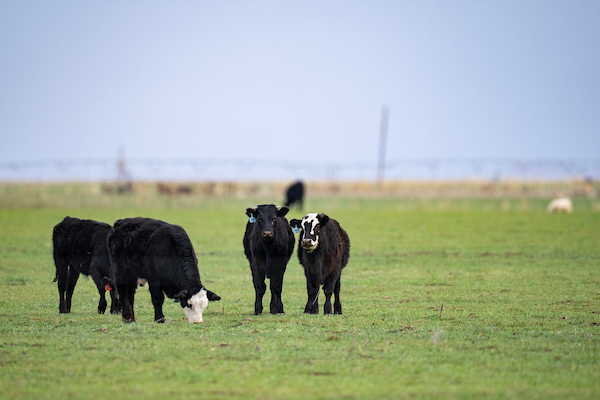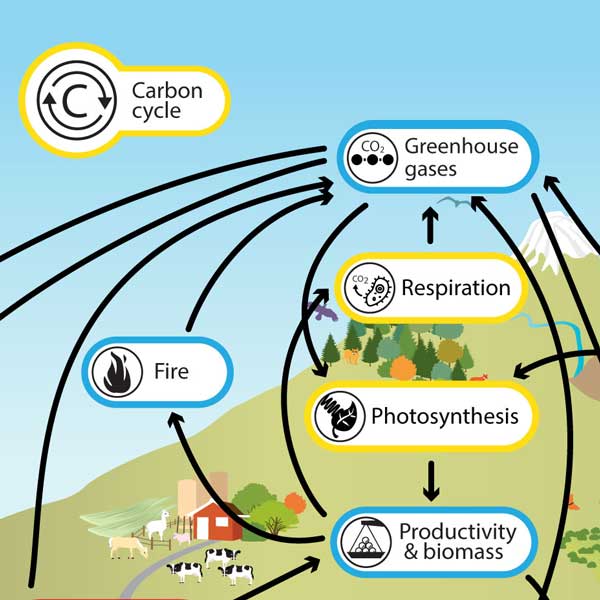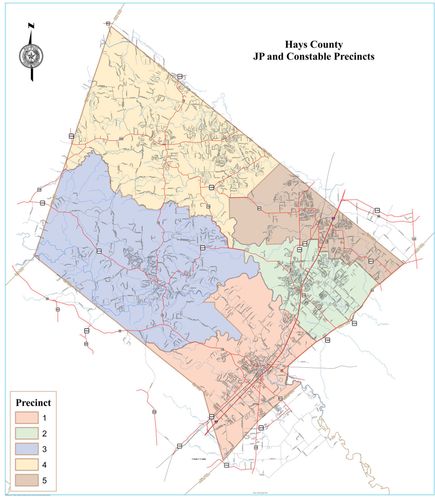Legislative Proposal to Refocus U.S. Endangered Species Policy on Sustainable Development Goals
Introduction to the Proposed “Endangered Species Recovery Act”
A legislative proposal, titled the Endangered Species Recovery Act, has been introduced by Senator Cynthia Lummis and Representative Harriet Hageman. The primary objective of this legislation is to amend the name of the Endangered Species Act of 1973 to better reflect and prioritize the goal of species recovery.
- Proponents argue that the current framework has deviated from its original mission, leading to a system that favors indefinite listing over successful recovery and delisting.
- A key statistic cited in support of this reform is that only 3% of species listed under the current act have ever been delisted.
- The proposed name change is intended to shift the focus from federal process and control towards tangible conservation outcomes and the restoration of local management authority.
Enhancing SDG 15: Life on Land
The proposed act directly aligns with the objectives of Sustainable Development Goal 15, which aims to protect, restore, and promote the sustainable use of terrestrial ecosystems and halt biodiversity loss. The legislation seeks to advance this goal through several mechanisms:
- Focusing on Species Recovery to Halt Biodiversity Loss: By renaming the act, the legislation aims to create a paradigm shift from managing species decline to actively pursuing recovery to a level where federal protections are no longer necessary. This emphasizes achieving healthy, sustainable populations, a core target of SDG 15.
- Promoting Sustainable Management by Local Institutions: The bill advocates for returning management of recovered species to state and local agencies. This supports the principle of sustainable use by empowering entities with proven track records and localized expertise in wildlife management, as stated by Senator Lummis.
- Restoring Terrestrial Ecosystems: Supporters like James L. Cummins of Wildlife Mississippi note that recovery requires an increase in habitat. The focus on recovery inherently promotes actions that restore and improve ecosystems to support viable species populations without perpetual federal intervention.
As David Willms of the National Wildlife Federation noted, the change reinforces that “the goal isn’t to manage decline, but to return species to healthy, sustainable populations.”
Fostering SDG 17: Partnerships for the Goals
The initiative exemplifies SDG 17 by demonstrating a multi-stakeholder partnership for sustainable development. The broad coalition of support for the Endangered Species Recovery Act unites various sectors to achieve a common conservation goal.
Key Partners Include:
- Federal Government: The bill is sponsored and cosponsored by multiple U.S. Senators and Representatives.
- State Agencies: Endorsements have come from state-level bodies, including the Wyoming Game and Fish Department and the Maine Department of Inland Fisheries and Wildlife, which also represents the Association of Fish & Wildlife Agencies.
- Civil Society and Non-Governmental Organizations: Support has been voiced by groups such as the Congressional Sportsmen’s Foundation, Wildlife Mississippi, and the National Wildlife Federation.
This collaboration between federal, state, and non-governmental actors is critical for creating and implementing effective environmental policies that are both nationally coherent and locally relevant.
Strengthening SDG 16: Peace, Justice and Strong Institutions
The legislative proposal can be viewed as an effort to reform and strengthen a key environmental institution in line with SDG 16. The goal is to make the nation’s primary wildlife protection law more effective, accountable, and responsive.
- Institutional Effectiveness and Accountability: Proponents argue the name change will instill greater accountability by making recovery the explicit and primary metric of the act’s success. Representative Hageman stated the bill would put “action and accountability back into environmental policy.”
- Responsive Governance: The emphasis on returning management to state authorities upon species recovery promotes a more inclusive and responsive governance model, acknowledging the vital role of local institutions in sustainable wildlife management.
- Reforming for Original Intent: The legislation is framed as a necessary update to a 50-year-old law to realign its function with its original purpose. According to Angi Bruce, Director of Wyoming Game and Fish, this revision is “necessary to refocus how we think about listed species and better reflect its original intent.”
SDGs Addressed or Connected
SDG 15: Life on Land
- The article directly addresses SDG 15, which aims to “Protect, restore and promote sustainable use of terrestrial ecosystems… and halt biodiversity loss.” The entire discussion revolves around the protection and recovery of endangered species, a core component of this goal. The proposed “Endangered Species Recovery Act” and the debate surrounding it focus on the most effective methods for wildlife conservation and management. Phrases like “protect and recover species,” “preventing some species from becoming extinct,” and returning species to “healthy, sustainable populations” clearly link the article’s content to the objectives of SDG 15.
Specific Targets Identified
-
Target 15.5: Take urgent and significant action to reduce the degradation of natural habitats, halt the loss of biodiversity and, by 2020, protect and prevent the extinction of threatened species.
- This target is central to the article. The legislation discussed, the “Endangered Species Recovery Act,” is explicitly designed to improve the effectiveness of efforts to “protect and prevent the extinction of threatened species.” The article criticizes the current act for failing to achieve recovery, citing that “only 3% of listed species ever delisted.” The new bill aims to refocus efforts on “recovering imperiled wildlife” and “increasing populations,” which are direct actions toward halting biodiversity loss and preventing extinction.
-
Target 15.9: By 2020, integrate ecosystem and biodiversity values into national and local planning, development processes, poverty reduction strategies and accounts.
- The article highlights the tension and relationship between federal and state-level wildlife management. The proposed bill advocates for returning “the management of the species to state wildlife agencies” once recovery is achieved. This reflects a key aspect of Target 15.9, which is the integration of biodiversity management into national and local planning. The debate is about the proper mechanism for this integration, with proponents of the bill arguing for more local control, stating that “States like Wyoming have proven track records in wildlife management.”
Indicators Mentioned or Implied
-
Indicators for Target 15.5
- Percentage of listed species delisted: The article explicitly provides this as a metric of success, stating, “only 3% of listed species ever delisted.” This is used as a key indicator of the current law’s alleged failure to achieve recovery.
- Number of listed species: The article mentions there are “over 1600 species listed,” which serves as a baseline indicator of the scale of the conservation challenge.
- Population recovery goals: The article implies that meeting population targets is the primary indicator for successful recovery. It notes that the goal is to delist species “once they have met population recovery goals.”
- Habitat area: The article implies that habitat size is a crucial indicator for recovery. It quotes an expert stating that “not increasing habitat, therefore not increasing populations” is a barrier to delisting.
-
Indicators for Target 15.9
- Level of management authority (Federal vs. State): The article implies that a key indicator of successful integration of local planning is the transfer of management authority. The proposal to return management to “state wildlife agencies” suggests that the successful handover of these responsibilities would be a measure of progress.
Summary Table of SDGs, Targets, and Indicators
| SDGs | Targets | Indicators |
|---|---|---|
| SDG 15: Life on Land | Target 15.5: Protect and prevent the extinction of threatened species. |
|
| SDG 15: Life on Land | Target 15.9: Integrate ecosystem and biodiversity values into national and local planning. |
|
Source: sheridanmedia.com







